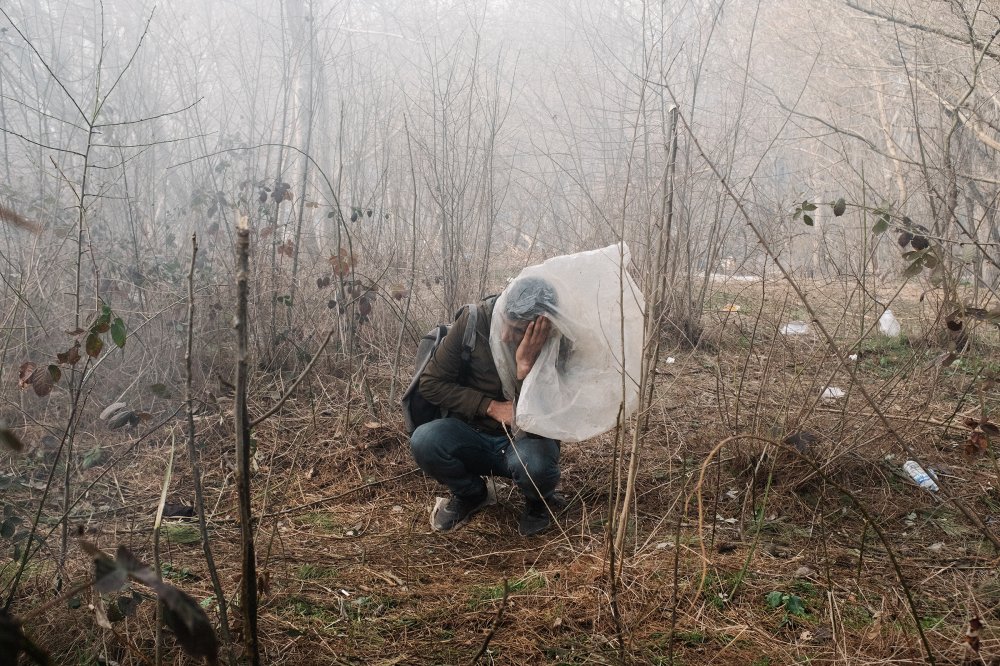Morgan Podkul
mp017819@ohio.edu
Pictures and videos have become an integral aspect of modern journalism. Imagery is used both to verify the truthfulness of stories and provide a visual to go along with what is being written.
Photo and video editing and altering have proven to threaten the use of imagery in journalism. Altered photos make journalism more difficult and threaten to spread misinformation.
Photojournalism aims to expose. Whether the images portrayed are of a tragedy, a war, a protest, or any other newsworthy event, the goal is to show the truth of what is happening. However, the ethics of photojournalism are contested by fake imagery.
If readers become skeptical of the photos or videos they are being presented with, journalism could experience increased distrust. The false idea of "fake news" is fueled by the misinformation being spread, even if it is not intentional.
The importance of the legitimacy of images goes back to the principle of journalism, which is truth. With a fake video or picture, the integrity of the entire article and the writer or media company becomes ruined. Readers want the truth, and it is a journalist's job to provide their readers with the truth.
NPPA.org stresses that fake imagery can be detrimental to journalism. The easiest way to verify a photo or video is to find its source. It is also imperative that journalists, and media consumers, are educated on this topic.
As has been said, a picture is worth a thousand words. So, TIME collected a list of its best photojournalism from 2020. Included in this list was a photo by Emin Ozmen, which depicted a man attempting to protect himself from tear gas in Turkey.
 |
| https://api.time.com/wp-content/uploads/2020/12/emin-ozmen-best-photojournalism-2020-1.jpg?w=1000&quality=85 |
A photo such as the one highlighted by TIME is powerful and holds a strong message. It shows readers the awful things that are happening in the world. If readers found out that this was a staged or photoshopped photo, the picture would immediately lose any emotional impact.
Photojournalism also holds strong influence in politics. Image-control is important to members of the political world, and photojournalists could affect that image. If a false photo or edited video were to be released, it could harm a politician's image within seconds.
Truthful and verified images or videos are crucial to the integrity of journalism and photojournalism. This integrity is under attack by false imagery. It is imperative that imagery remains a vital and trustworthy tool for journalists to use. To do this, all photos and videos must be verified before being distributed as news.
No comments:
Post a Comment